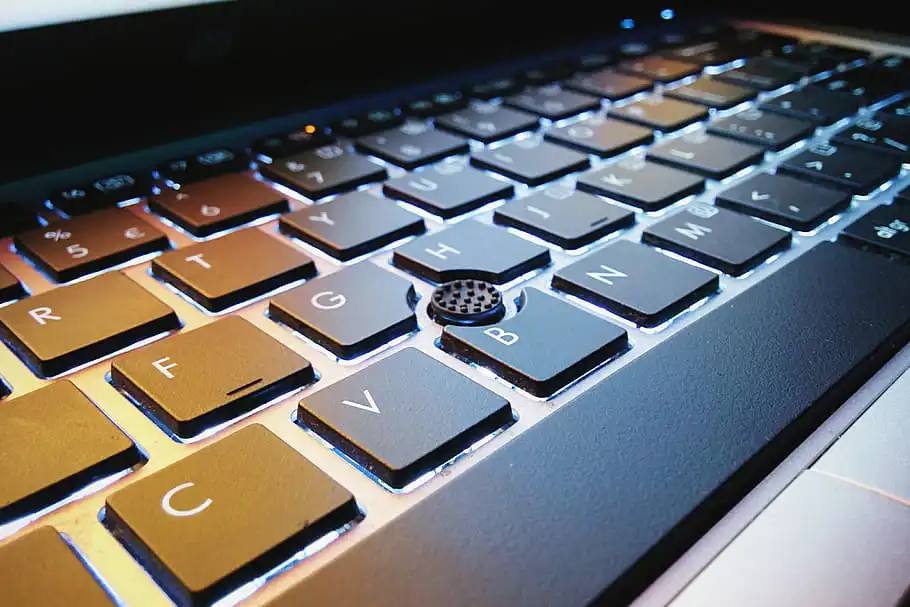Underground nuclear tests have been a menace as they were difficult to detect, leading to questions concerning international safety and security. Seismologists and scientific communities worldwide have strived to develop methods for the remote detection of these potentially catastrophic events. This led to significant advancements in the study of seismologic waves.
New methods allow for a 99% success rate of detecting underground nuclear tests. This is a significant stride forward in the realm of disarmament surveillance. No longer can nations secretly develop and test nuclear technology, posing a clandestine danger to the worldwide community.
Scientific studies have shown that when an underground nuclear test takes place, it creates shockwaves. These shockwaves propagate through the ground, much like the ripples from a stone thrown into a pond. This disruption is what seismologists detect with their instruments.

The advancement in detection arrived via the study of the two types of waves generated by an underground nuclear test: body waves and surface waves. Body waves are a direct result of an underground nuclear explosion, moving through the Earth's crust at high speeds.
On the other hand, surface waves oscillate along the Earth's surface, and their strength diminishes with depth. They are slower than body waves but produce more apparent disturbance. Hence, they are more commonly used in the detection of underground nuclear tests.
Conventional technology focused on tracking these seismic activities by using a single type of wave, usually the surface wave. While it provided some success, it also led to numerous false positives. The seismic disturbances produced by earthquakes often confused analysts.
However, advances in technology allowed seismologists to record and distinguish both types of waves. This improvement enhanced the efficiency of detection and reduced errors. The dual-wave technique became a game-changer.
Notably, another problem persisted with the traditional detection mechanisms. These mechanisms were affected by seismic 'shadows', which often obstructed the recording of accurate readings. These 'shadows' caused by variations in the Earth’s inner core led to a decrease in detection capabilities.
Yet, scientists ingeniously turned this setback into an advantage. They began to study how seismic waves are refracted or diverted when they encounter changes in the Earth's crust. Through these studies, they learned to interpret the minor disturbances in wave patterns.
Exploiting this phenomenon, based on refraction, scientists discovered an innovative technique to detect seismic activities. This increased sensitivity in detection mechanisms makes it possible to identify 99 percent of seismic activities emanating from underground nuclear tests.
This achievement is monumental in supporting global disarmament efforts. The deterrent lies in the virtually guaranteed certainty of detection, removing the secrecy associated with underground nuclear tests. No longer can states covertly conduct these tests without attracting the attention of watchful authorities.
This breakthrough is expected to put pressure on countries pursuing nuclear weapons programs. It will deter the creation of new nuclear weapons and the strengthening of current arsenals. The result is a potential leap towards global nuclear disarmament.
Nonetheless, the enhanced detection capabilities may increase international tensions. Countries may feel threatened and exposed, especially if their nuclear activity was previously clandestine. International dialogue may be necessary to ensure transparency and to lessen potential power struggles.
The advent of this technology is a triumph not only for seismologists but also for policymakers and disarmament advocates. The importance of being able to detect 99 percent of nuclear tests is invaluable in the pursuit of a safer world.
While the capabilities of this new detection method are apparent, it is essential to remember that the reality of complete nuclear disarmament is a long way off. Nevertheless, this enhanced ability to monitor nuclear tests brings us a significant step closer to this goal.
The astonishing success of this detection technique brings hope to the effort of nuclear disarmament worldwide. Conclusively, the 99% detection rate ends nuclear secrecy and increases international safety.
Continued research in this field is required to keep up with the technological advancements employed by those conducting the tests. However, the break-through in the detection capabilities is a encouraging step towards a safer, and potentially nuclear-free, world.
These advancements in seismological detection place a heightened sense of responsibility on the international community. As the world adjusts to this new norm, the need for continuous evolution and advancement in this field remains apparent.